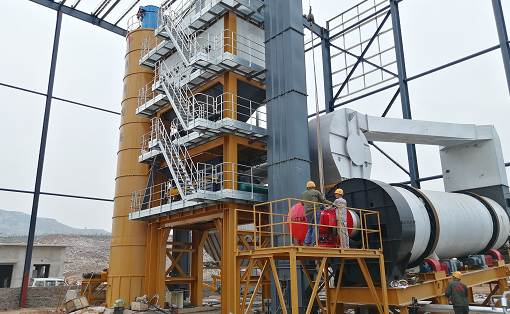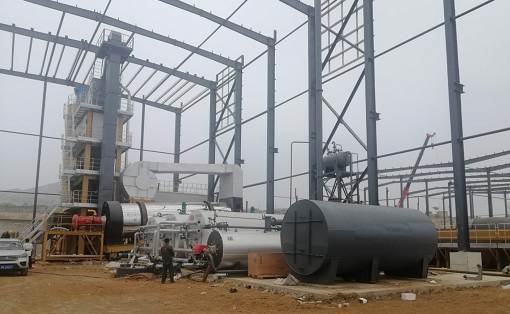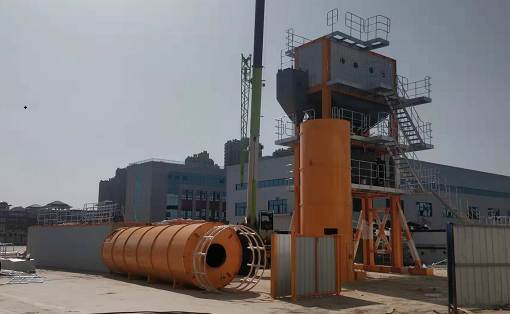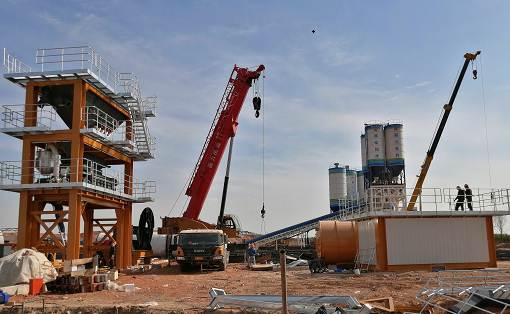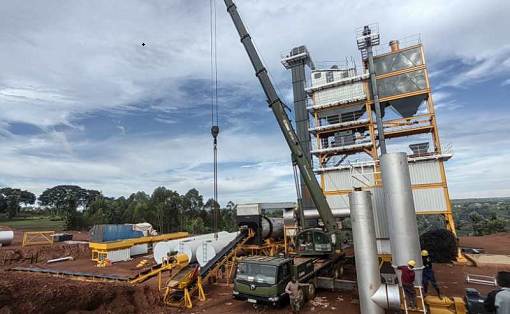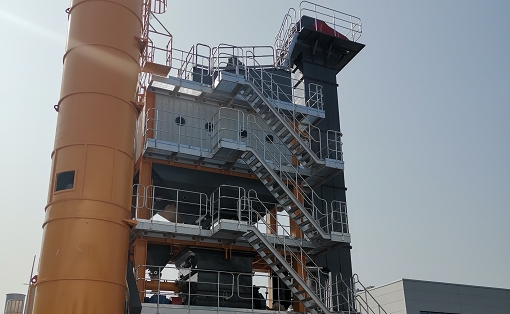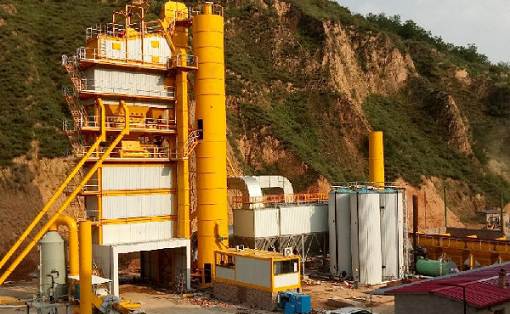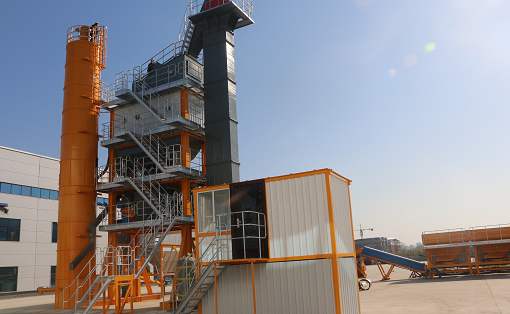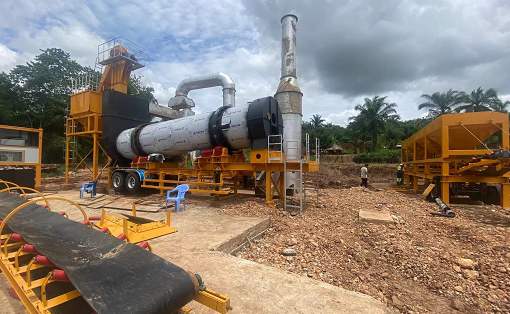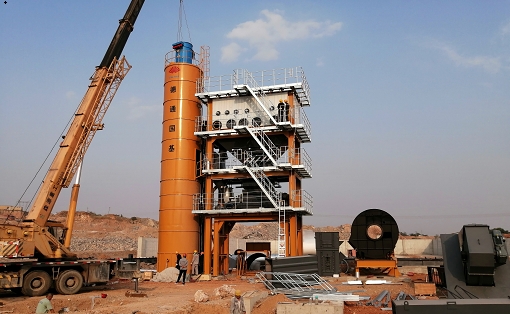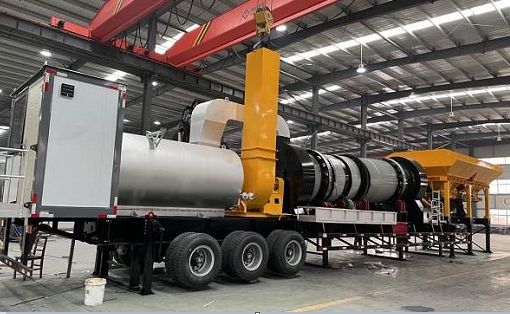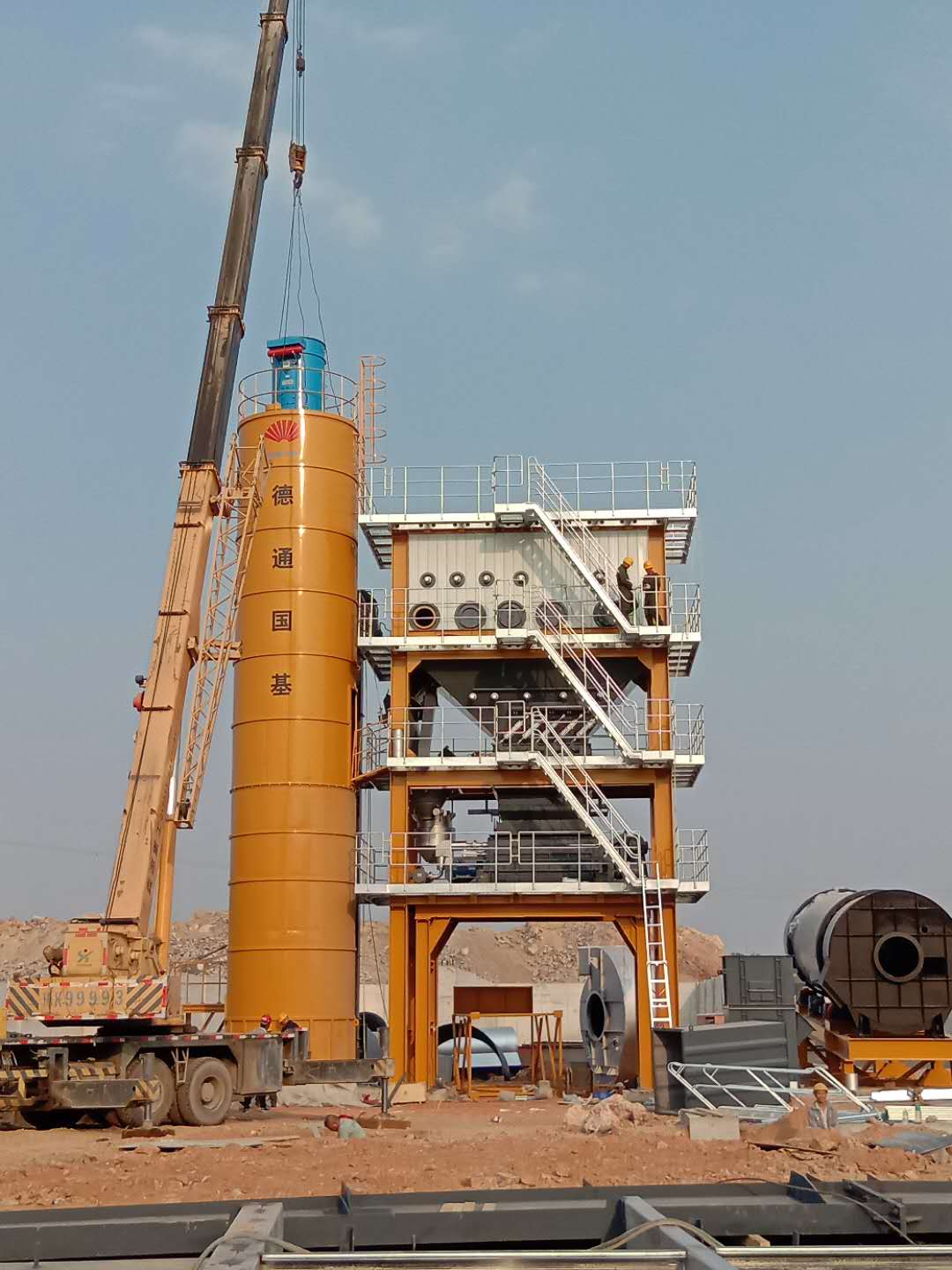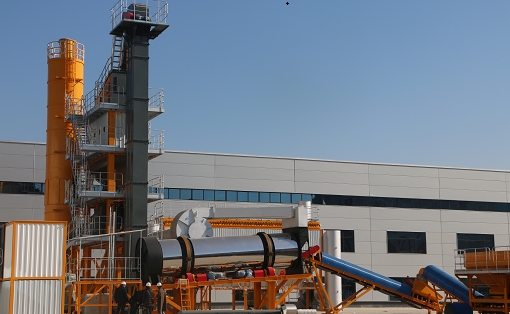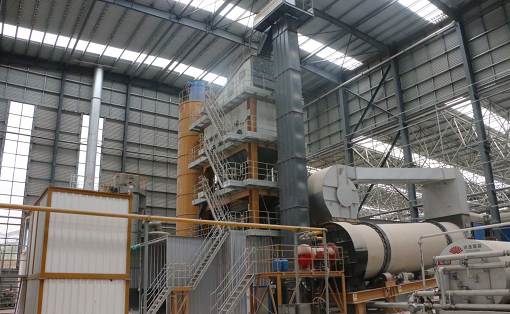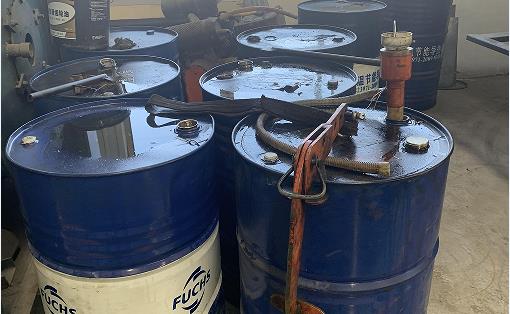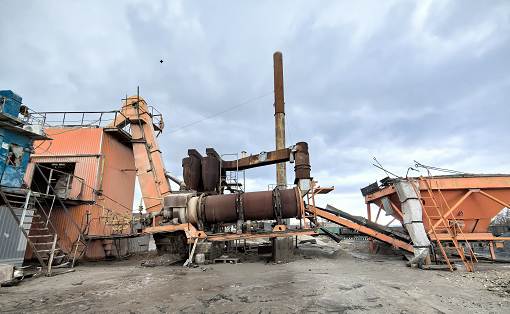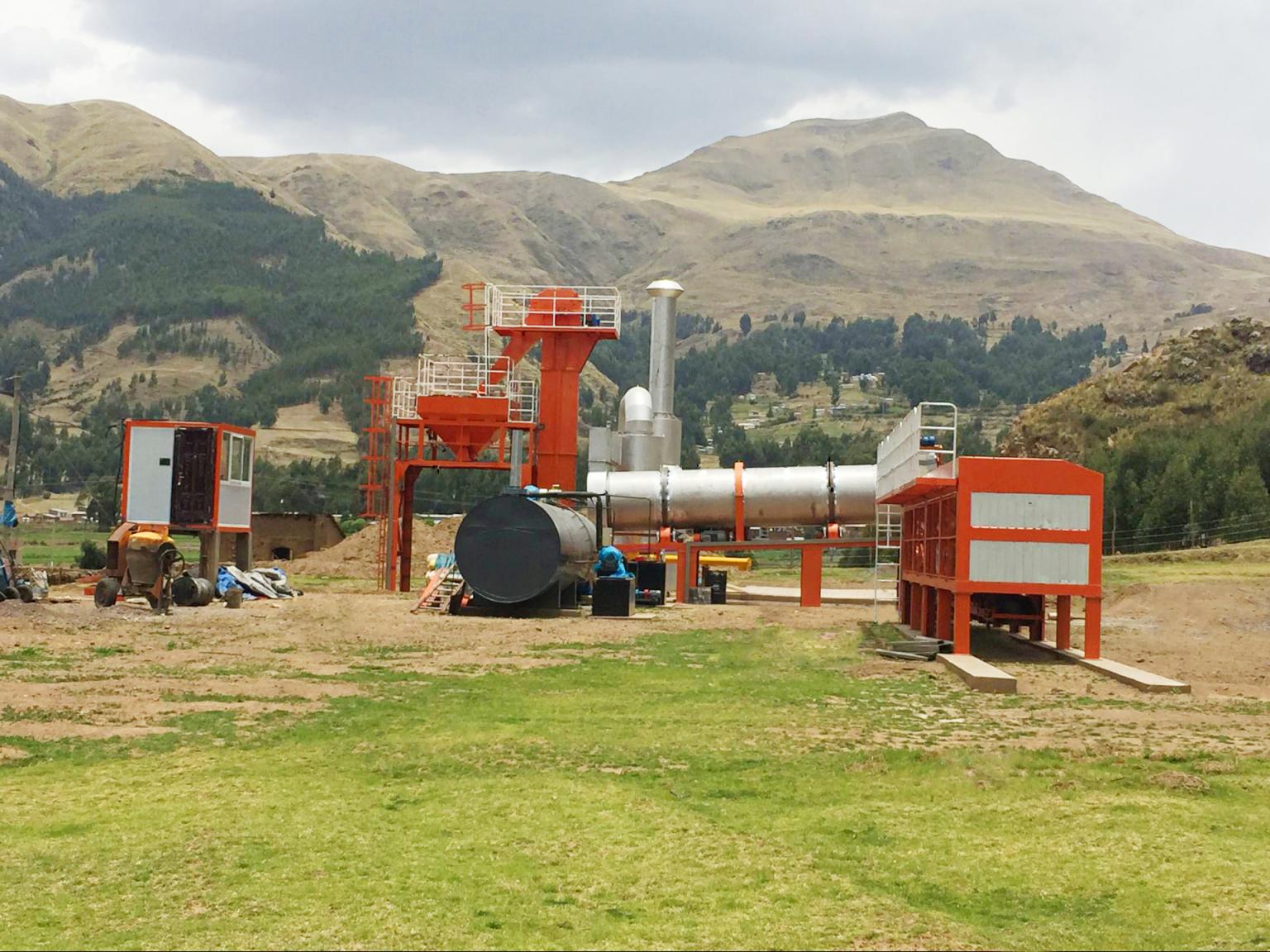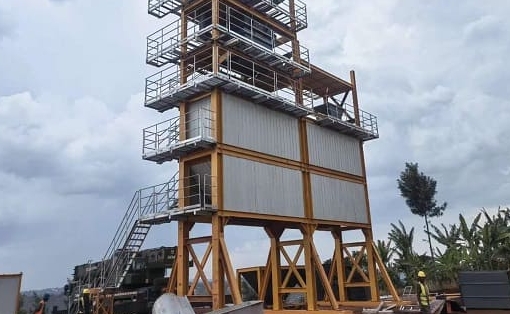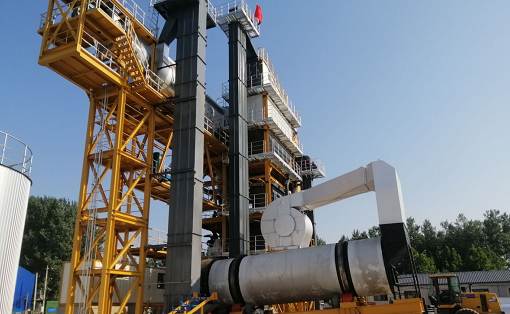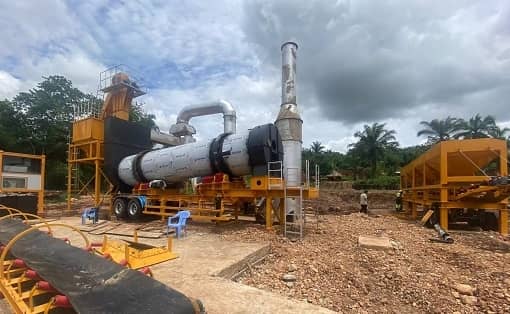What does the routine maintenance of an asphalt mixing plant include?
Asphalt mixing plant is a very practical engineering machinery. Especially in the road construction process, it plays an irreplaceable role. Due to its importance, in addition to ensuring its own quality, the use and maintenance of the equipment must be carried out normally. Let’s learn about the daily maintenance requirements of asphalt mixing plants.
Asphalt mixing plant is a very practical engineering machinery. Especially in the road construction process, it plays an irreplaceable role. Due to its importance, in addition to ensuring its own quality, the use and maintenance of the equipment must be carried out normally. Let’s learn about the daily maintenance requirements of asphalt mixing plants.
First of all, sufficient inspection work must be carried out. The inspection content includes the lubricating oil at each lubrication point to ensure that there is sufficient oil; the accumulated material in the hopper must be cleared clean; the work of each motor, electrical appliance, instrument indication, signaling system, etc. Status; etc. The second step is to adjust the equipment, such as cylinders, valves, etc. in the mixing station, to make them meet the requirements.
Regular cleaning is also required to prevent concrete residue from solidifying, which will affect the normal operation of the asphalt mixing plant, and to ensure the cleanliness of the equipment and its surrounding environment. One thing that must be remembered is to promptly remove the accumulated water inside the air compressor, air storage tank and filter to maintain the best working condition.


